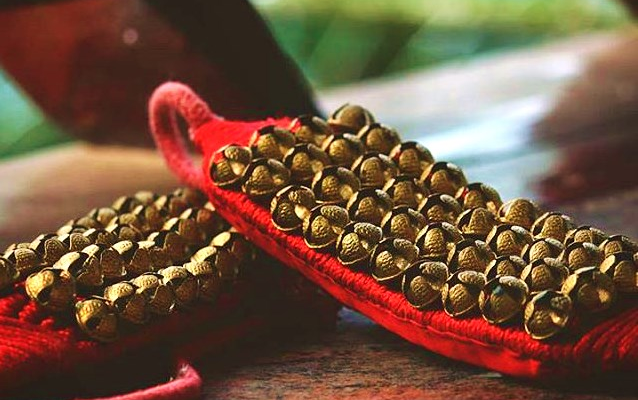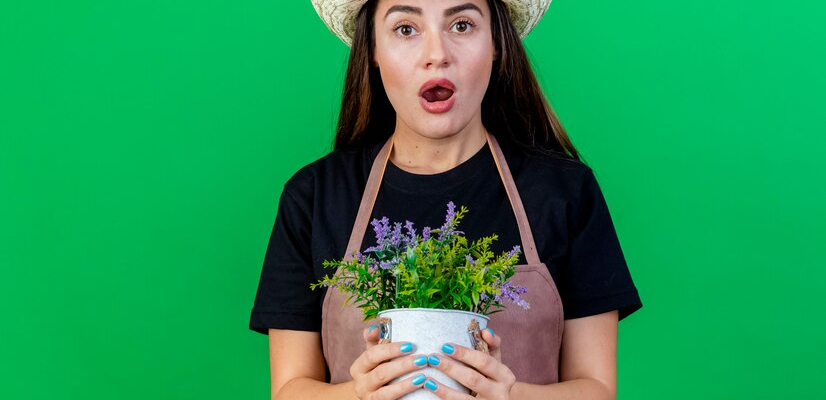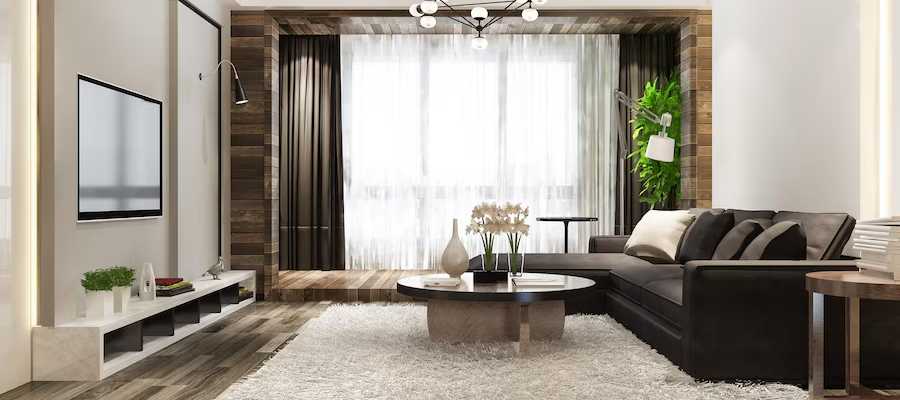The Sweet Symphony: Part #2, Exploring The Fun And Fascinating Tales Of Sweetness
The significance of sweetness is unparalleled in culinary practices. Sweetness has held a multifaceted role, where the taste transcends cultures and traditions, sometimes shaping the sensations and probabilities of new trade trends worldwide. The presence of sweetness throughout culinary history goes beyond simply satisfying the taste buds. It reflects human ingenuity and the ever-changing relationship between food and society. Through the centuries, sweets and desserts have become the main components of sharing happiness, warmth, and enjoyment. Sugar is a unique ingredient that delights taste buds and is the beloved sweetening agent of food enthusiasts. Let’s delve into some fascinating sugar facts that will surely pique your interest. The Indian Origin Sugar originated in the Indian subcontinent and has been consumed by humans since ancient times. Oldest Form Of Sweetener After honey, sugar is one of the world’s oldest known sweeteners. Who Is The No 1 In Sugar Production? Did you know that Brazil, with its rich agricultural heritage, is the pioneer in producing sugar from sugarcane? India, China and Thailand are other leading countries in sugar production. Sarkara Or Candied Sugar The word sugar is derived from the Sanskrit term ‘sarkara’, which means ‘ground sugar’ or candied sugar’. Sugar As Currency The limited circulation of metallic currency in colonial Brazil during the 17th century led to the use of sugar as commodity money in trade. Different Types Of Sugar There are ten regularly used varieties of sugar, each with distinct applications. White sugar, caster sugar, brown sugar, confectioner’s sugar, cane sugar, muscovado sugar or Barbados sugar, demerara sugar, coconut sugar, liquid sugar, and turbinado sugar. Art Of Sugar Sculpting Sculpting beautiful and intricate statues using sugar and its derivatives was a popular ancient culture. This was a part of grand feasts and special celebrations. Sugar Rush The term’ sugar rush’ refers to the rapid rise in energy levels and euphoria experienced after consuming food items with high sugar content. Sweet Tooth The phrase ‘sweet tooth’ was first used in the 13th century to express a great liking for sweet dishes. Sugar As A Spice? In Western countries, sugar was first introduced as a spice. It was the most luxurious food item that only elite-class people could enjoy. Sugar As Medicine In ancient Greece and Rome and in some Western countries, sugar was considered a medicine. It was believed to have healing properties and was used to cure fever, cough, and many stomach disorders. The Sourness Beats The Sweetness. Lemons contain more sugar than strawberries. While strawberries contain 40% sugar, lemons have 70%. Their tangy taste is due to their overpowering acidic nature. Do Cats Like Sugar? The fact is that cats do not have taste receptors for identifying sweetness. So they can’t enjoy sugar as a sweetener!








